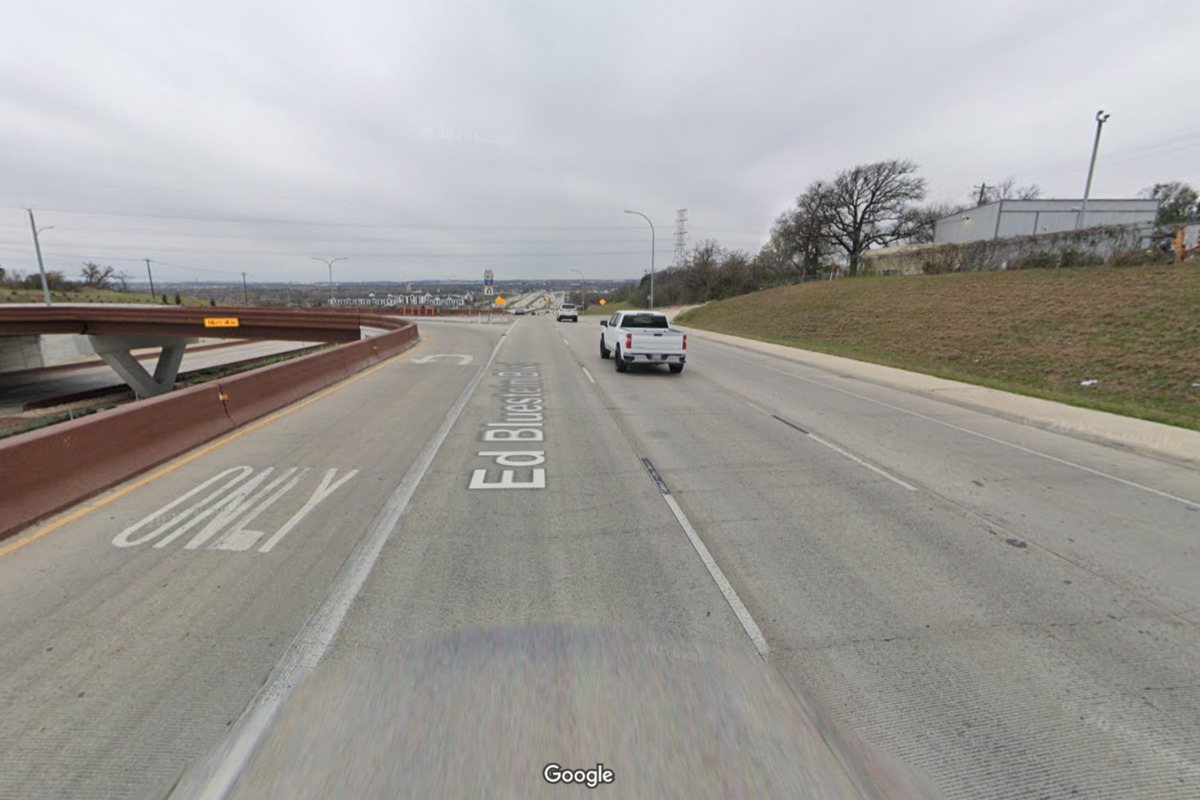The tranquility of an early Austin morning was shattered recently by a grim discovery on Ed Bluestein Boulevard, where emergency responders encountered a fatal single-vehicle collision. This tragic incident, which claimed the life of an unidentified male driver, starkly underscores a deeply troubling pattern emerging on the city’s thoroughfares: a significant escalation in traffic fatalities throughout 2025, painting a somber picture of road safety in the Texas capital.
According to the Austin Police Department, this latest crash marks the 56th fatal incident in Austin for the current year. This figure represents a concerning rise when compared to the same period in the previous year, during which the city had recorded 49 deaths from 46 crashes. The upward trajectory in these grim statistics highlights an urgent need for re-evaluation of current traffic safety measures and public awareness campaigns.
The site of the accident on Ed Bluestein Boulevard became a somber scene as investigators began piecing together the events that led to the collision. While details surrounding the specific circumstances of this particular fatal car accident Austin remain under investigation, the broader context of increasing Austin traffic fatalities casts a long shadow over the city’s roads, prompting questions about underlying causes and potential preventative actions.
Experts suggest that a confluence of factors could be contributing to this disturbing trend. These might include increased traffic volume as Austin’s population continues to grow, potential issues with road infrastructure, driver behavior such as distracted driving or impaired operation, and even the design of certain intersections or stretches of road known for higher incidence rates of road incidents 2025.
Public safety advocates and local authorities are grappling with how to effectively address this escalating crisis. Campaigns emphasizing responsible driving, stricter enforcement of traffic laws, and investment in infrastructure improvements are often cited as crucial steps. The city’s commitment to reducing traffic safety Austin risks is paramount, yet the numbers suggest a persistent challenge that demands innovative and comprehensive solutions.
The emotional toll of these frequent fatal car accident Austin occurrences extends far beyond the immediate families affected. Each incident resonates through the community, fostering a collective sense of unease and grief. It serves as a stark reminder of the fragility of life and the critical importance of vigilance and caution behind the wheel for everyone traversing Austin’s busy streets.
As Austin continues its rapid development and expansion, the pressure on its transportation network intensifies. This growth, while indicative of a vibrant economy, also brings with it the imperative to ensure that urban development is synchronized with robust safety measures. Understanding the precise factors contributing to the rise in Austin traffic fatalities is the first step towards formulating effective strategies that can reverse this alarming trajectory.
The community awaits further insights from ongoing investigations and policy discussions, hopeful that concrete actions will be taken to mitigate these risks. The goal remains to create a safer environment for all Austin residents and commuters, transforming Ed Bluestein Boulevard and other key roadways from scenes of tragedy into pathways of safe and efficient transit. The urgency of this matter cannot be overstated as the city strives to safeguard its citizens from further preventable losses.






Leave a Reply